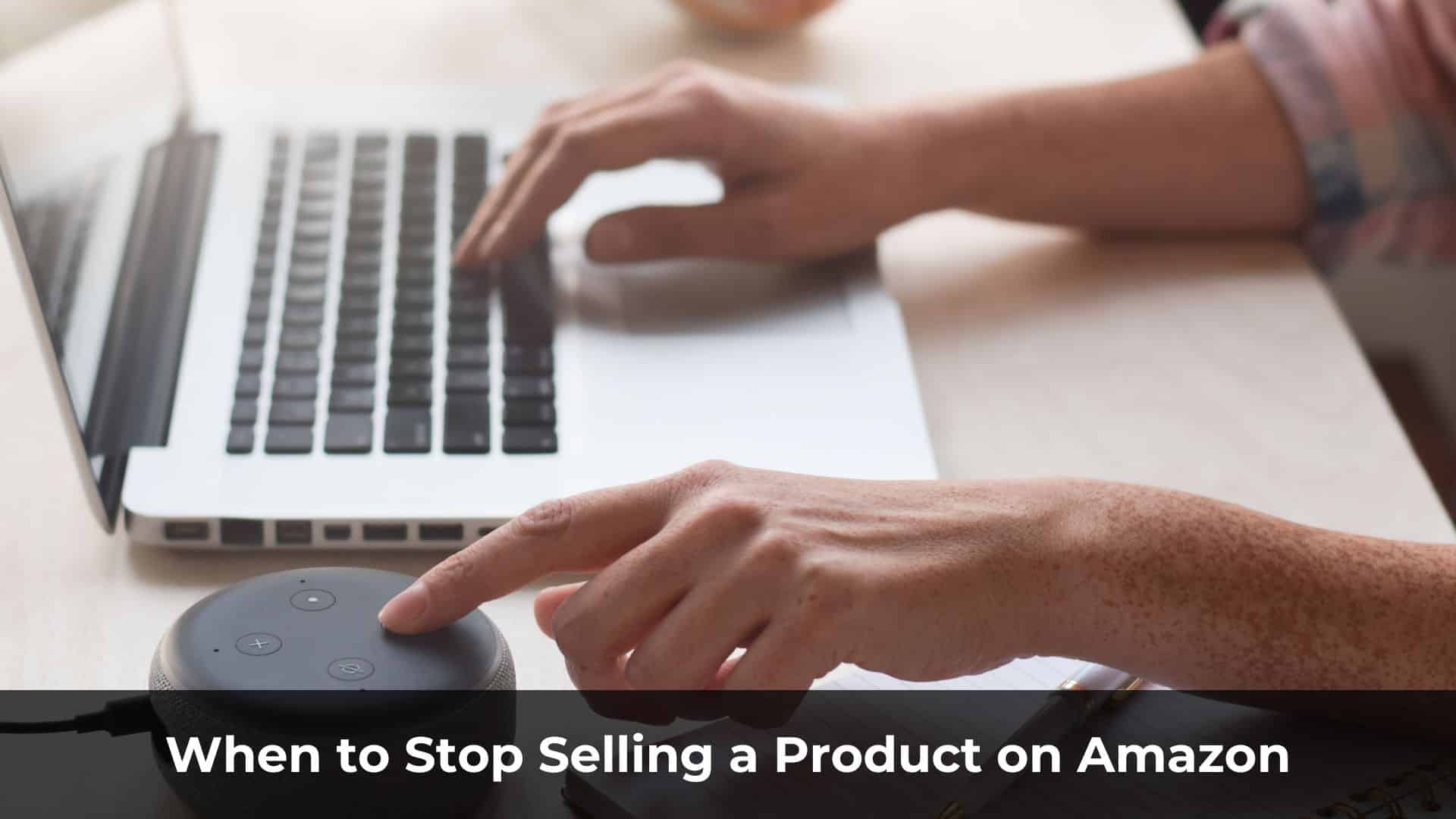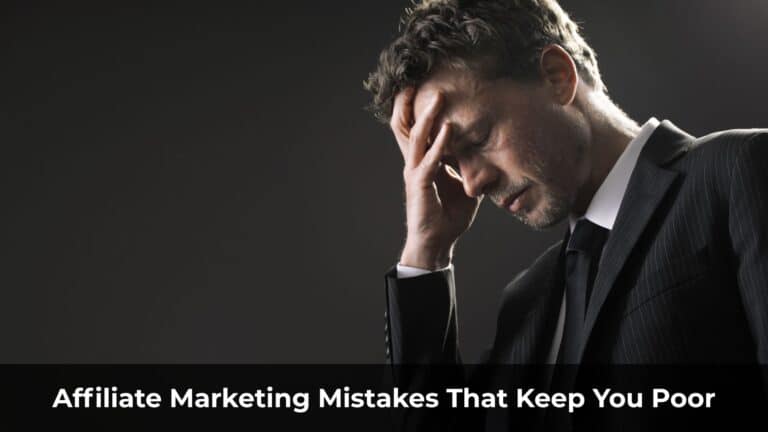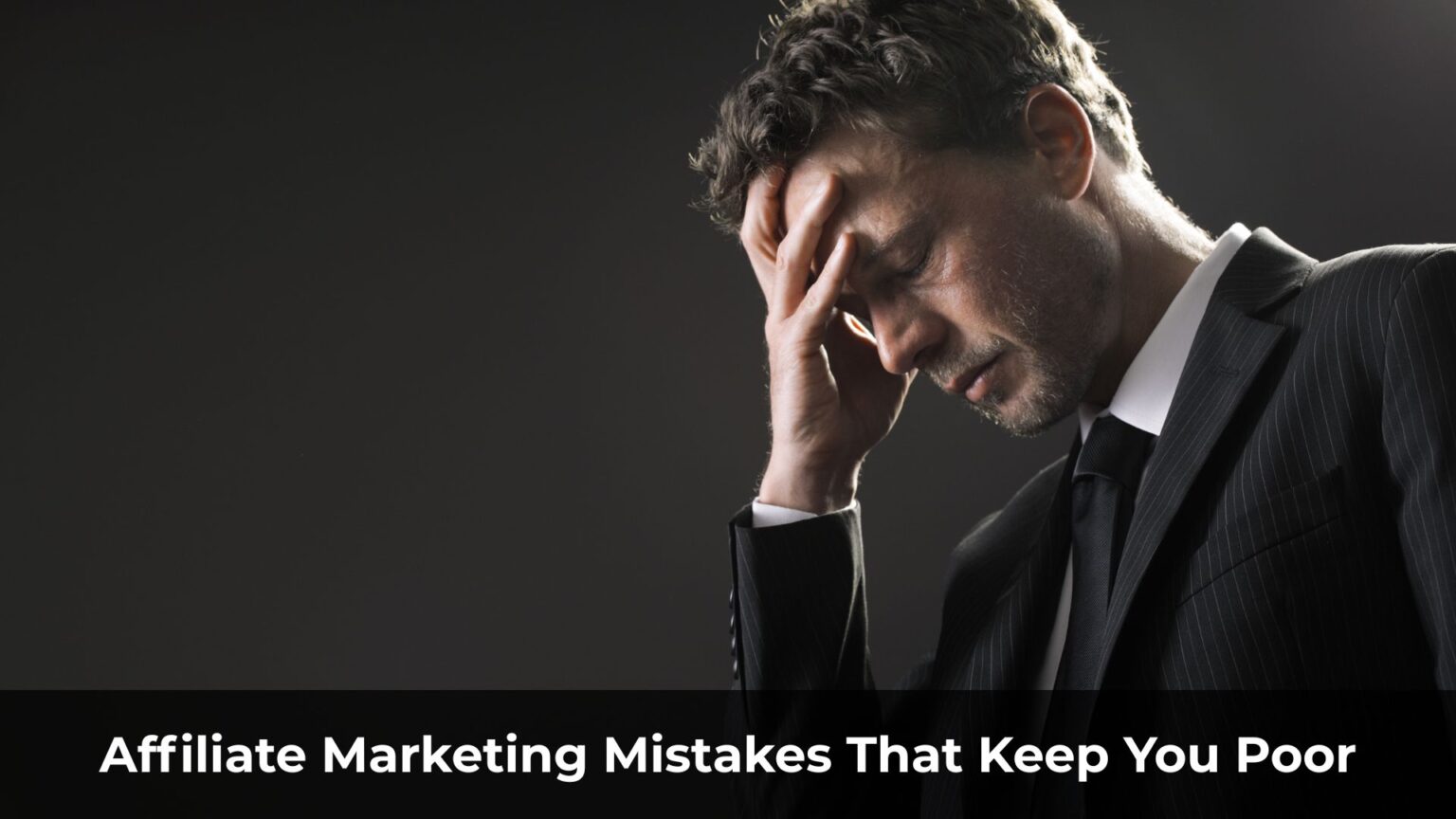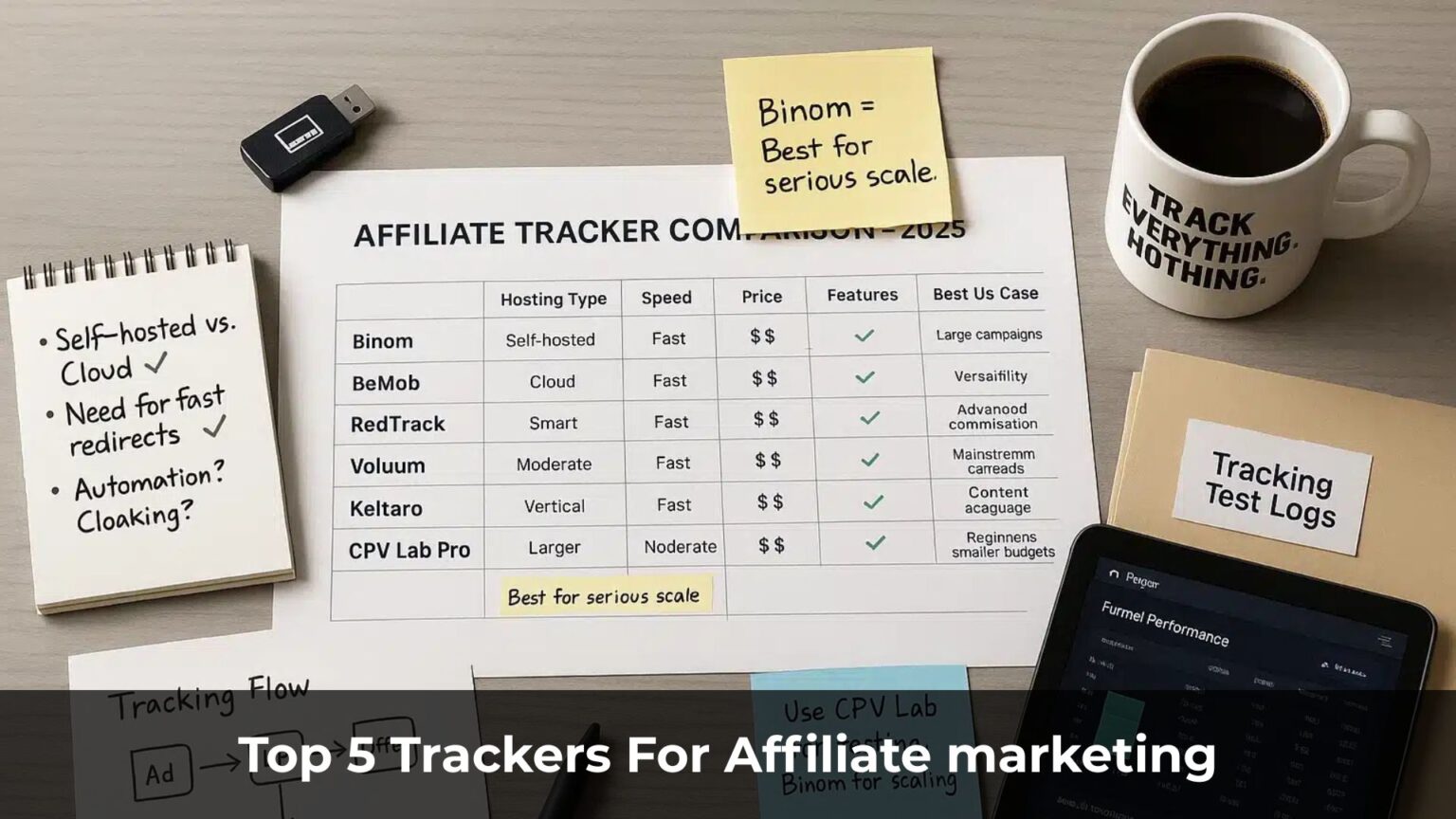Starting a business on Amazon is one of the most accessible ways to build an income stream. But things don’t always go as planned.
You might have done everything right — researched the market carefully, picked a product with potential, found a reliable supplier with good pricing — and yet, the product still doesn’t sell the way you expected.
So what determines whether a product succeeds or fails?
There are many factors, but sometimes… it’s just timing.
One common reason products fail is simple: too many other sellers jumped on the same opportunity at the same time.
Table of Contents
ToggleThe Harsh Truth About Launching on Amazon
Many new sellers get excited when they discover a product with a sky-high Opportunity Score. But by the time they’re ready to launch, the market is already crowded, prices have dropped, and their inventory is barely moving.
Frustrating? Absolutely.
But this is a common reality for many Amazon sellers:
Not every product will be a winner.
According to recent data, while 54% of sellers say they made a profit on their first product, the rest only saw success on their second or third try.
So, how do you know when it’s time to stop?
In this article, we’ll walk through:
- Signs it might be time to quit selling a product
- How to minimize your losses and deal with unsold inventory
- What to do after a failed product launch
- A quick guide to closing a listing on Seller Central
Let’s dive in.
Signs It Might Be Time to Stop Selling a Product
There are several situations where an Amazon seller should seriously consider pulling the plug on a product and shutting down the listing.
Here are some of the most common reasons — along with tips to help you evaluate things clearly before making the final call:
1. You Launched the Product Too Late
What does “too late” mean?
It means that when you first discovered the opportunity, the market was still wide open — low competition, strong demand, and a promising profit margin.
But by the time your inventory arrived at the FBA warehouse, dozens of other sellers had already jumped in — and they got there before you.
This situation is especially common with trending or new-to-market products. Once a product gains attention, many sellers rush in at the same time, flooding the market and driving supply far beyond demand.
As a result, PPC costs skyrocket while prices plummet. Everyone starts slashing prices to stay competitive (just like the fidget spinner craze back in the day).
The outcome?
Prices drop. Ad costs rise. Your profit margins disappear —
and in some cases, sellers start losing money before their product even gets a single sale.
Of course, it’s still possible to succeed with trend-based or new products.
But unless your launch strategy is strong and your listing is fully optimized, your product will quickly get buried in a sea of search results.
And if no one sees it, no one buys it.
That leads to unsold inventory sitting in FBA and accumulating monthly storage fees.
So, what can you do if you’re stuck in this situation?
Don’t Join the Price War
Avoid becoming one of those sellers who keep dropping their prices just to “race to the bottom.”
This strategy only devalues your product, distorts the market, and destroys healthy competition.
Instead of lowering your price, hold your ground — and focus on improving your ad strategy and optimizing your listing.
Show buyers why your product is worth what you’re charging.
Over time, many competitors will sell out or raise their prices again.
If your product still meets consistent demand and isn’t tied to a short-term trend, the market will naturally rebalance.
Optimize Your Listing (Seriously)
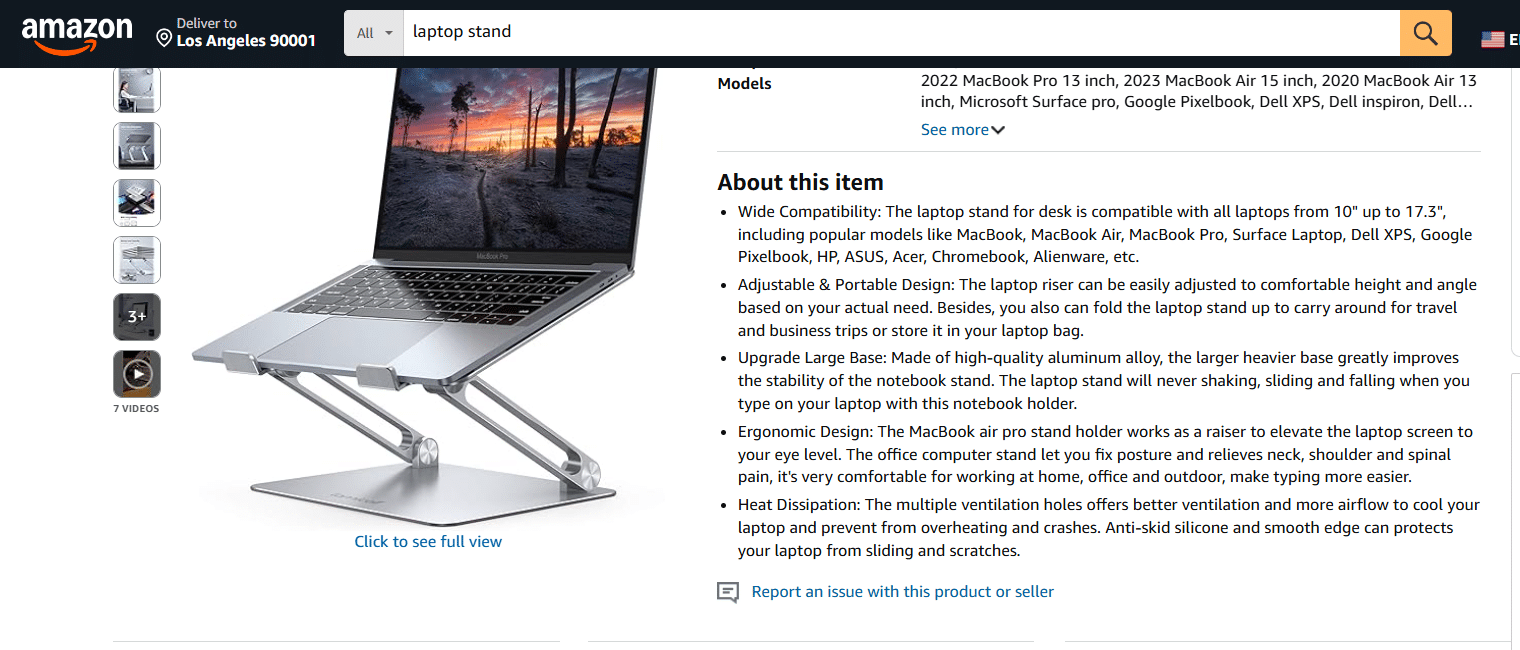
Every product needs a strong listing — but it’s absolutely critical when you’re in a competitive or trending niche.
Make sure your listing includes:
- High-quality images and infographics
- Clear, detailed product information
- Keywords with solid search volume and buying intent
- Persuasive copy that grabs attention and converts
Sell on Other Platforms
Just because competition is fierce on Amazon doesn’t mean it’s the same everywhere else.
You can try listing your product on other marketplaces like eBay or Facebook Marketplace.
If your business has been active for at least a year, you can even apply to sell on Walmart Marketplace.
And even if your entire inventory is stored in FBA, you can still fulfill orders from other platforms using Amazon’s multi-channel fulfillment through Seller Central.
Promote Your Product Outside of Amazon
If you have the budget, consider running Facebook Ads or Google Ads to drive traffic from outside Amazon.
You can also start building your brand’s presence on social media platforms like Instagram, TikTok, or Pinterest by sharing content about your product.
This helps boost brand awareness and encourages people to check out (and buy) your product on Amazon.
Use Promotions and Discount Codes
Inside Seller Central, you can set up various promotions to catch buyers’ attention — like lightning deals, coupons, or Buy One Get One offers.
For example, when you activate a coupon, Amazon displays an eye-catching orange tag on your listing, which can dramatically increase click-through rates.
If your offer is appealing enough, those clicks can turn into actual conversions.
2. Rising Competition
You might’ve been one of the first sellers to launch a product in your niche. But over time, more and more competitors enter the space.
This is incredibly common on Amazon — every day, new sellers join the platform and discover the same opportunities you once spotted.
In fact, rising competition is almost guaranteed, which is why launching early is so important.
If it takes you several months (or even a year) to get your product ready, chances are someone else already beat you to it.
I’ve personally been in this situation. My first private label product sold well in the beginning. It gained dozens of positive reviews and ranked high. But over time, more sellers started offering the same item.
Even though my product still ranked near the top, my sales dropped. Why?
Because the market price kept falling under the pressure of increased competition.
So, what can you do when this happens?
Refresh Your Listing
Just because your listing has been live for a while doesn’t mean it’s better than the newcomers.
Always keep an eye on other sellers in your niche.
- Do their images look more polished than yours?
- Is their copy more compelling or better structured?
Take time to update your listing so it truly stands out — visually and strategically. A clean, professional, and persuasive listing can still win, even in a saturated market.
Rework Your PPC Campaign
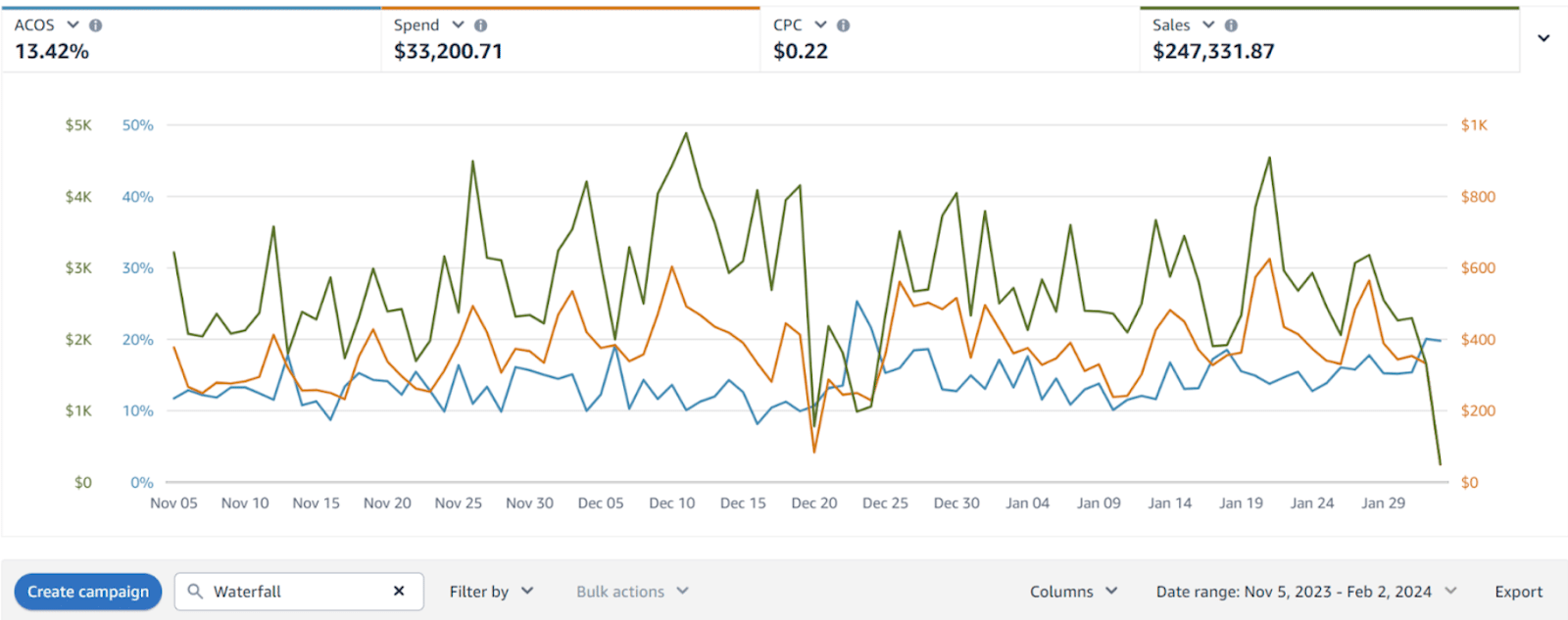
Now might be the time to increase your PPC budget or bids.
Many new sellers hesitate to spend aggressively on ads. You can use that to your advantage and reclaim top ad placements.
Also, use tools like Jungle Scout to find long-tail keywords your competitors might be overlooking — this can help you reach more targeted buyers at a lower cost.
Expand Beyond Amazon
Don’t rely solely on one platform.
You can also list your product on eBay, Facebook Marketplace, or Walmart.com to diversify your traffic and revenue sources.
The more places your product is available, the more chances you have to reach customers and keep your sales growing.
3. The Trend Has Fizzled Out
Jumping on a trending product can be exciting —
but no trend lasts forever.
Remember solar eclipse glasses? Fidget spinners?
They were all the rage… until they weren’t.
In the best-case scenario, you enter early and sell out before demand starts to fade.
But sometimes, you order too much inventory — and now you’re stuck with boxes of products that no one wants anymore.
So what should you do if you find yourself in this situation?
And more importantly, how can you avoid making the same mistake again?
Monitor Weekly Sales — Yours and Your Competitors’
One of the best ways to track market trends is by watching weekly sales — not just your own, but also those of competing listings.
If sales are still climbing, demand may still be healthy.
But if things start to slow down, that’s often a clear sign the trend is cooling off — and it’s probably not the right time to reorder more inventory.
Check Google Trends
Use Google Trends to monitor interest in your product or niche.
For example, the search term “fidget spinner” peaked on May 6, 2017.
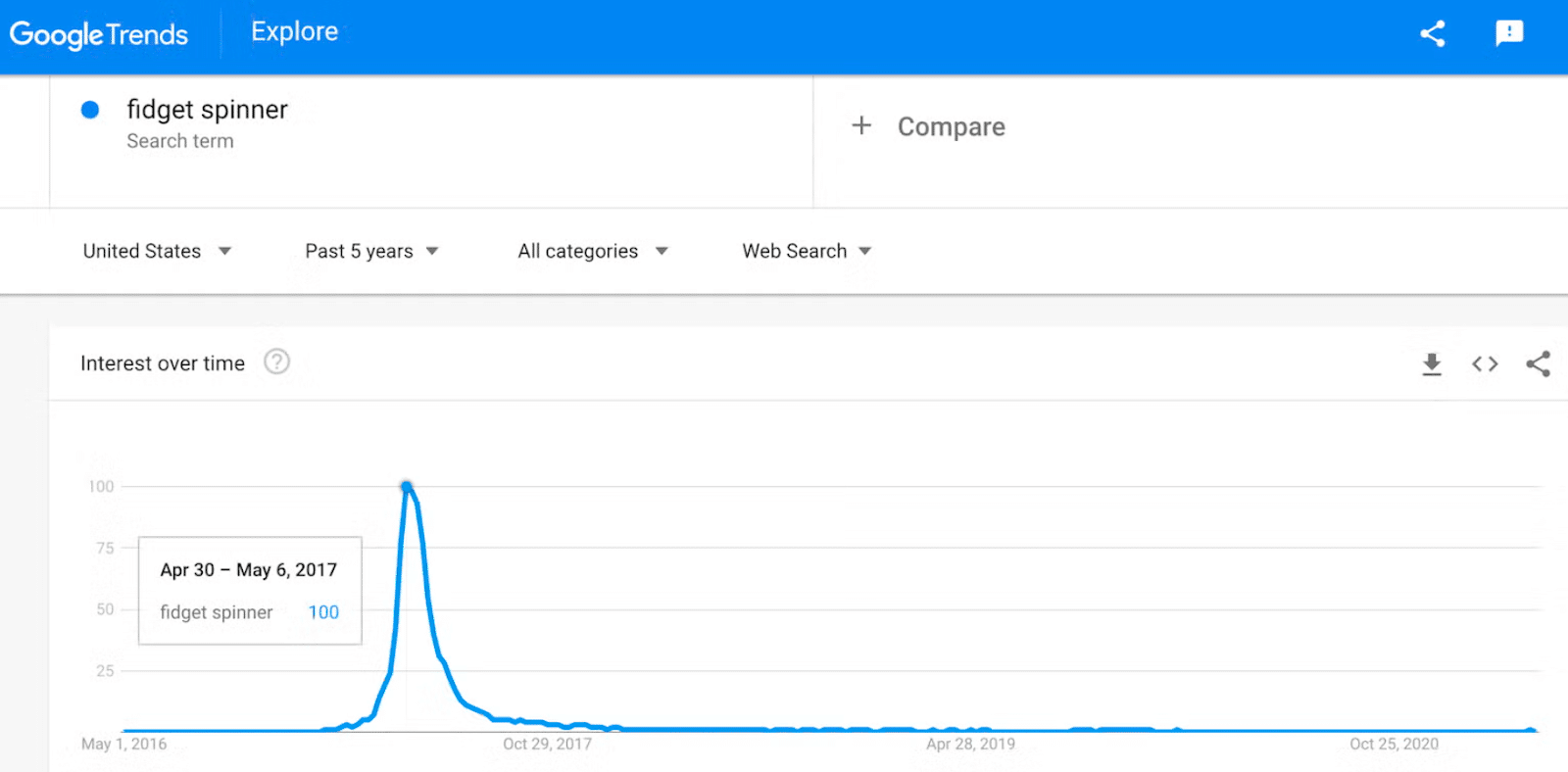
That was the perfect moment to have inventory ready and sell fast. But shortly after, the trend dropped off a cliff — and anyone still holding stock got stuck.
Drop the Price — Just a Bit
Remember how we said not to join the price war?
Here’s the one exception.
If demand is clearly fading, consider lowering your price slightly to encourage faster sales and move excess inventory — before storage fees start piling up.
But set a limit.
Never go below your break-even point.
Use Amazon’s free FBA Revenue Calculator to estimate your minimum viable price.
Use Coupons and Promotions
Rather than slashing your price directly, try offering a coupon or deal to spark interest.
A “15% off” coupon often performs better than a normal discount —
customers feel like they’re getting a great deal, and the higher list price helps maintain a perception of quality.
List the Product on Other Platforms
If the product once trended on Amazon, there’s a good chance it was also hot on platforms like eBay, Facebook Marketplace, or Walmart.
Expanding to other channels could help you clear inventory faster and reach a new audience.
Sell in Bulk
If individual sales have slowed to a crawl, consider bundling your remaining inventory and selling it as a bulk lot to a single buyer.
This is one of the fastest ways to recover cash.
Platforms like eBay and Facebook Marketplace work well for liquidation-style listings and bulk offers.
4. The Product Is Getting Bad Reviews
You might believe your product is the best in its category —
but your customers might disagree.
Unfortunately, negative reviews are part of selling on Amazon.
That said, before you give up on a product completely, consider the following strategies to turn things around.
Understand Why People Are Leaving Bad Reviews
Start by carefully reading what your customers are saying.
This is your first line of defense — most buyers are very clear about what disappointed them.
For example, if multiple reviews complain about inaccurate sizing info in the listing, they might feel misled or tricked.
In that case, the fix is simple:
update your product description to reflect accurate details and avoid confusion.
If the issue is related to product quality,
contact your supplier and see if there’s any way to improve the manufacturing or materials.
Just by paying attention to the complaints, you’ll often uncover the root cause behind the poor ratings.
Increase the Number of Positive Reviews
You can’t directly ask customers for a 5-star rating, and you shouldn’t send emails begging for feedback.
But tools like Review Automation from Jungle Scout allow you to automatically request a review after the customer receives their order —
saving you time and keeping everything within Amazon’s policies.
Over time, even a small uptick in review volume can help improve your overall rating.
Request Removal of Inappropriate Reviews
This won’t work for every case — but it’s worth checking.
If a review violates Amazon’s community guidelines, you can request to have it removed.
For instance, if a buyer leaves a 1-star review complaining about late delivery, and your product is fulfilled by Amazon (FBA), that’s not your fault —
and Amazon may agree to take the review down.
Make sure to read Amazon’s review policy to understand what qualifies.
To request removal, contact Seller Support with:
- The product ASIN
- Date of the review
- Reviewer’s name
- Reason for removal request
What to Do If Your Product Fails
You’ve done everything you could —
optimized your ads, updated your listing, ran promotions, expanded to other platforms — but the product still isn’t profitable.
It happens.
First, don’t panic.
Failure is part of the game.
Not every product will be a winner, and that’s okay.
Here’s how to exit cleanly and minimize losses:
1. Request a Removal Order
If your inventory isn’t moving, letting it sit in Amazon’s FBA warehouse will only cost you more.
You’ll start racking up monthly storage fees, and eventually, long-term storage fees — which can get expensive quickly.
Instead, you can create a removal order and have Amazon ship the inventory back to you.
Note: Amazon charges a per-unit removal fee.
2. Liquidate Your Inventory
If your goal is to clear everything out fast, liquidation might be your best option. Here are a few routes you can take:
- Sell in bulk to companies that specialize in buying excess inventory
- List your remaining units as a wholesale lot on eBay
- Donate unsold stock to a nonprofit or charity
3. Request Amazon to Dispose of the Inventory
If you don’t have space to store the items yourself — or don’t want the hassle of dealing with returns — you can have Amazon dispose of the inventory for you.
It’s not ideal, but in some cases, this is the cheapest and simplest path forward.
You can submit a disposal order directly inside your Seller Central account.
And once it’s done — move on, learn the lesson, and get ready for your next product.
How to Delete a Product Listing from Seller Central
Once you’ve sold through or cleared out your inventory, you may want to remove the listing from your Seller Central account.
While the ASIN will still exist in Amazon’s catalog, there’s no reason to keep an inactive SKU on your dashboard — unless you plan to relaunch the product in the future.
Here’s how to delete a listing:
1. Go to the “Manage Inventory” section in your Seller Central account.
2. Find the product you want to delete and click the arrow next to the “Edit” button.
3. Select “Delete product and listing.”

4. Confirm the action by clicking “OK.”
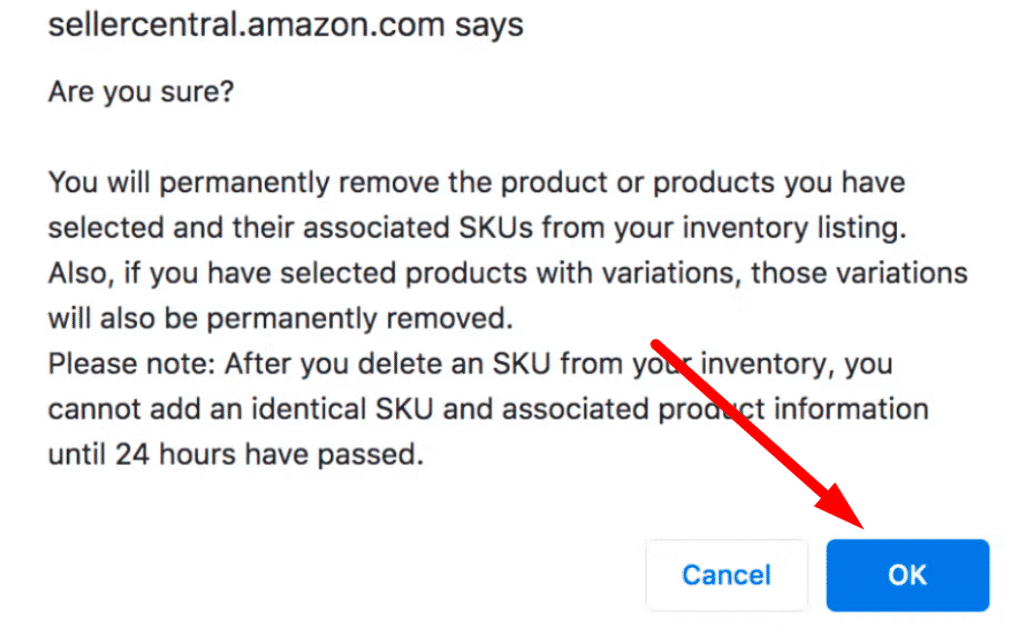
Note: If you ever decide to sell this product again, you can recreate the listing using the original ASIN.
Don’t Give Up
Every business model comes with challenges — and Amazon is no exception.
Having a product fail can be discouraging, but the best thing you can do is treat it as part of the journey.
Ask any experienced seller:
Almost all of them have had at least one failed product in their career.
In fact, 37% of sellers who quit Amazon say it was because their first product didn’t meet expectations.
Don’t become part of that statistic.
Instead, treat this as a valuable learning experience — and put that knowledge into your next launch.
That mindset is what separates short-term sellers from long-term entrepreneurs.
